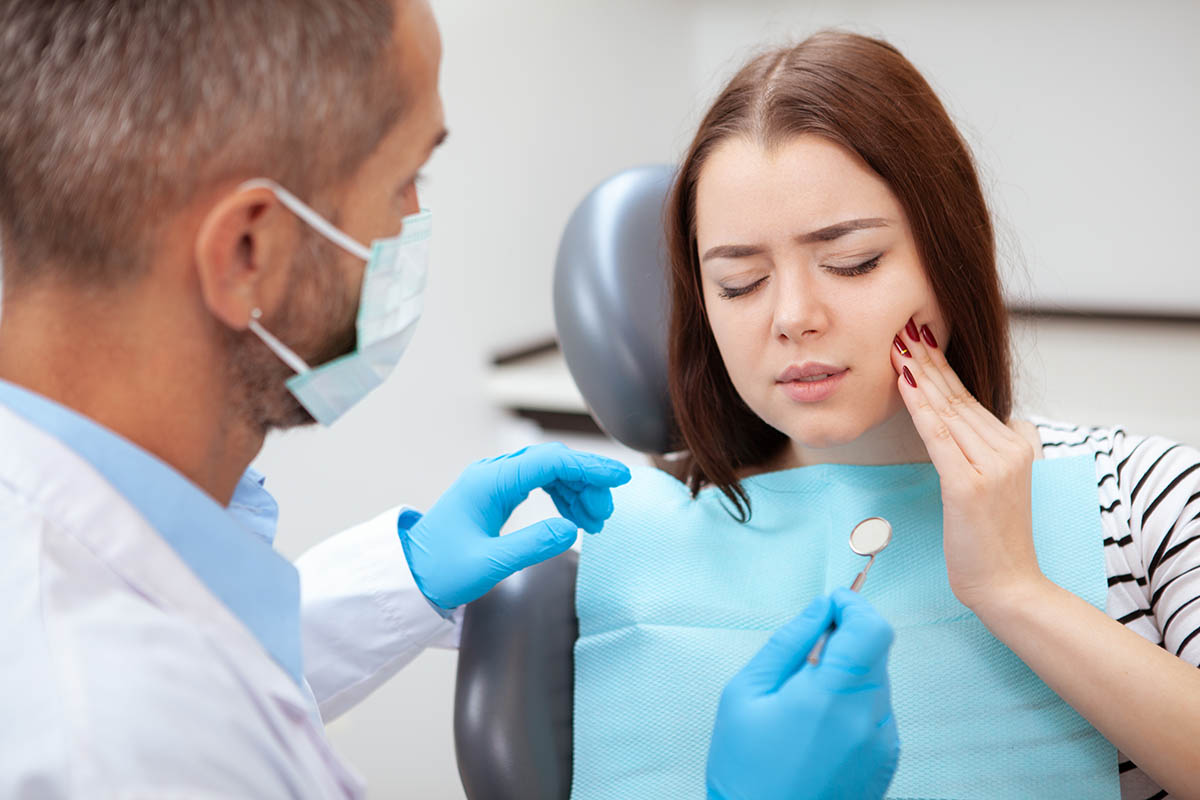Experiencing traumatic dental injuries can be painful. If this occurs, and you want to restore your smile and avoid any significant dental procedures, it’s helpful to know exactly what to do the moment that the trauma happens. To do this, you’ll need to know about the different types of dental injuries.
Dr. Burton Waxman, Dr. Lina Jarboe, and the team at Access Endodontics can help you through the shock of dental trauma.
To ensure that you’re as prepared as possible before visiting our office, we’ve created this simple guide. It answers the question, “What are dental injuries?” and lists five of the most common injuries. It also offers advice on what to do if you sustain one.
If you’re in need of expedient dental care, make sure to call your dentist or reach out to Access Endodontics at 410.304.7226 as soon as possible.
What Are Dental Injuries?
Dental injuries, or dental trauma, can be defined as injuries to the mouth that result in any of the following:
- Chipped teeth
- Cracked teeth
- Lost teeth
- Tooth displacement
- Damaged gums, tongue, or lips
If you experience any of these forms of dental trauma and you’re not sure what to do next, call your dentist or endodontist immediately.
Types of Dental Injuries
Below are some of the most common dental injuries, along with some quick tips on what to do if you ever experience one.
1. Tooth Fracture
A tooth can become broken or cracked due to dental trauma, which results in a tooth fracture. When this occurs, the tooth is much more likely to experience decay or become infected. If you experience a tooth fracture, try to locate any tooth fragments that have fallen off and call your dentist right away.
2. Loose Tooth
When the soft tissue that supports your tooth is damaged, it can result in the tooth becoming loose. If you experience this, you should get to a dentist as soon as possible.
The tooth may have enough support to remain in its socket for a prolonged period, but it also may not. If the tooth falls out, refrain from touching the root and only handle the tooth by its crown.
3. Knocked Out Tooth (Avulsion)
Often, if a tooth is knocked out, it can be successfully placed back into the socket and make a full recovery. However, this is only true if you act swiftly. Retrieve the tooth but do not touch the root. Holding it only by the crown, gently rinse it off with water, and then attempt to place it back into the socket and hold it there while you go in for emergency dental care.
4. Intrusion or Extrusion
A tooth can be knocked both slightly out of its socket or further back into it. When it gets knocked out slightly, that’s called an extrusion. When it’s knocked back into it, that’s called an intrusion. In either case, you should receive emergency dental care as soon as possible to preserve the tooth.
5. Soft Tissue Damage
The gums, tongue, and lips are more easily injured than the teeth. While soft tissue damage can be quite painful, it may not need immediate attention and can often heal on its own, provided you take care to clean it gently. If you’re concerned about the injury or if bleeding persists, contact your dentist right away.
Care for Dental Injuries with Access Endodontics
If you experience dental trauma and you’re in need of emergency care, remember that time is of the essence. Access Endodontics can help you save your smile and restore your oral health. Contact us at 410.304.7226 today.

